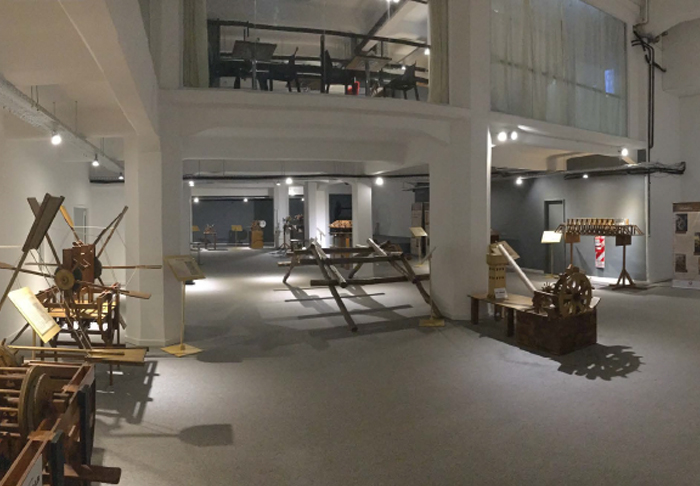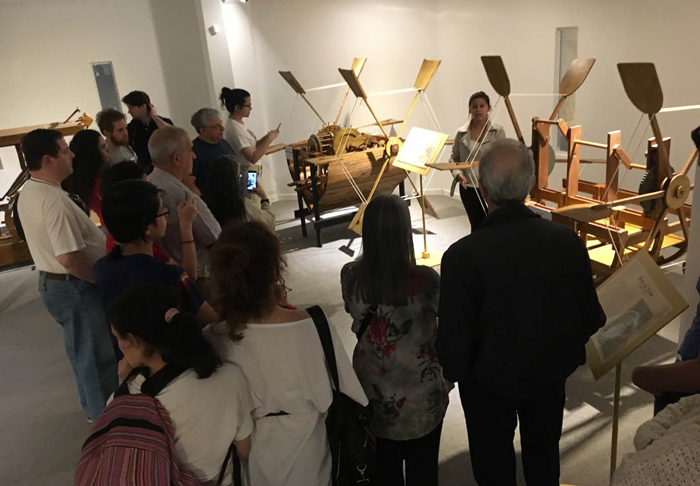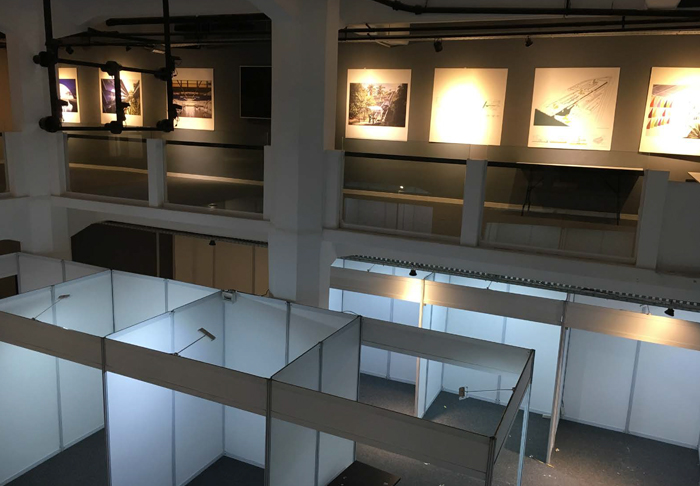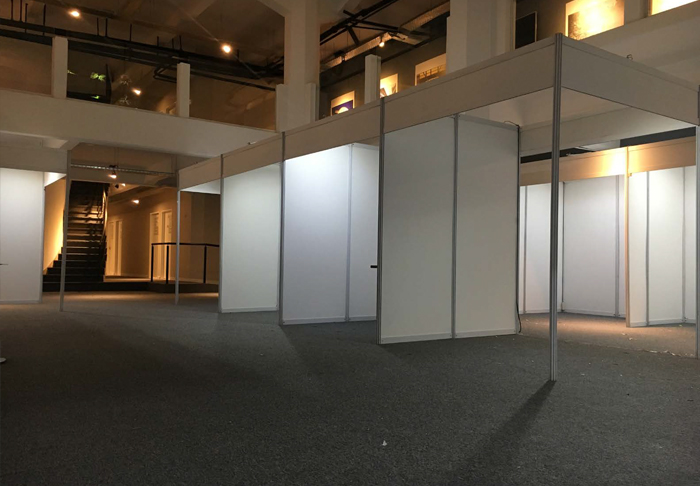The Palacio Barolo opens the doors to one of its most mysterious sections in order to offer a new proposal to add to the list of the many it already has.
Covering more than 1800 square meters, Bajos del Barolo offers multiple spaces for the possibility to host an extensive catalogue of events.

Versatility and adaptability.
The spaces Bajos del Barolo has allow configuration for several different layouts adaptable to different surfaces and distributions.
Functionality
An auditorium + stands + shows
Bajos del Barolo holds 5 spaces that can either work independently or ensemble partially and totally.
This flexibility is an added value allowing the space to adapt to the event, and not vice versa.
Auditorium mode
These spaces are design with double height, transmitting the sensation of ampleness.
It is possible to configure it in different ways according to the event’s needs and the number of participants, on top of that the spaces have the possibility of installing simultaneous translation cabins.

Stands mode
The width of these spaces allows the installation of tailored or standard stands.
It is also possible to assign spaces for stands and auditorium simultaneously, either integrated or individually.
Simultaneous actions
Bajos del Barolo holds great capacity for actions hosting a big number or people. An example of this was the past “Noche de los Museos” (Museum Night) where during the 7-hour duration, over 9 thousand visitors shared the space for the six actions offered that day.

Palacio Barolo, a city icon.
The Palacio Barolo is the most visited private building in Buenos Aires City, by local and foreign visitors alike. The history of this building is centered around the year 1920 when Architect Mario Palanti, under the request of Luigi Barolo, projected this monumental building in which it is possible to discover an infinite amount of analogies and references to Dante Alighieri’s Divine Comedy.
This building was granted during the twenties the record for the highest building in the world built with concrete, later replaced by the Kavanagh building in the thirties.
Another detail making this building so famous was the idea Architect Palanti had involving adding a beacon light in the top, now available for visits, creating with it a light bridge over the Rio de la Plata river. To bring this idea to life he created a project for a building with similar characteristics in Montevideo City, the Palacio Salvo, with the intention of making siblings out of the two cities.

